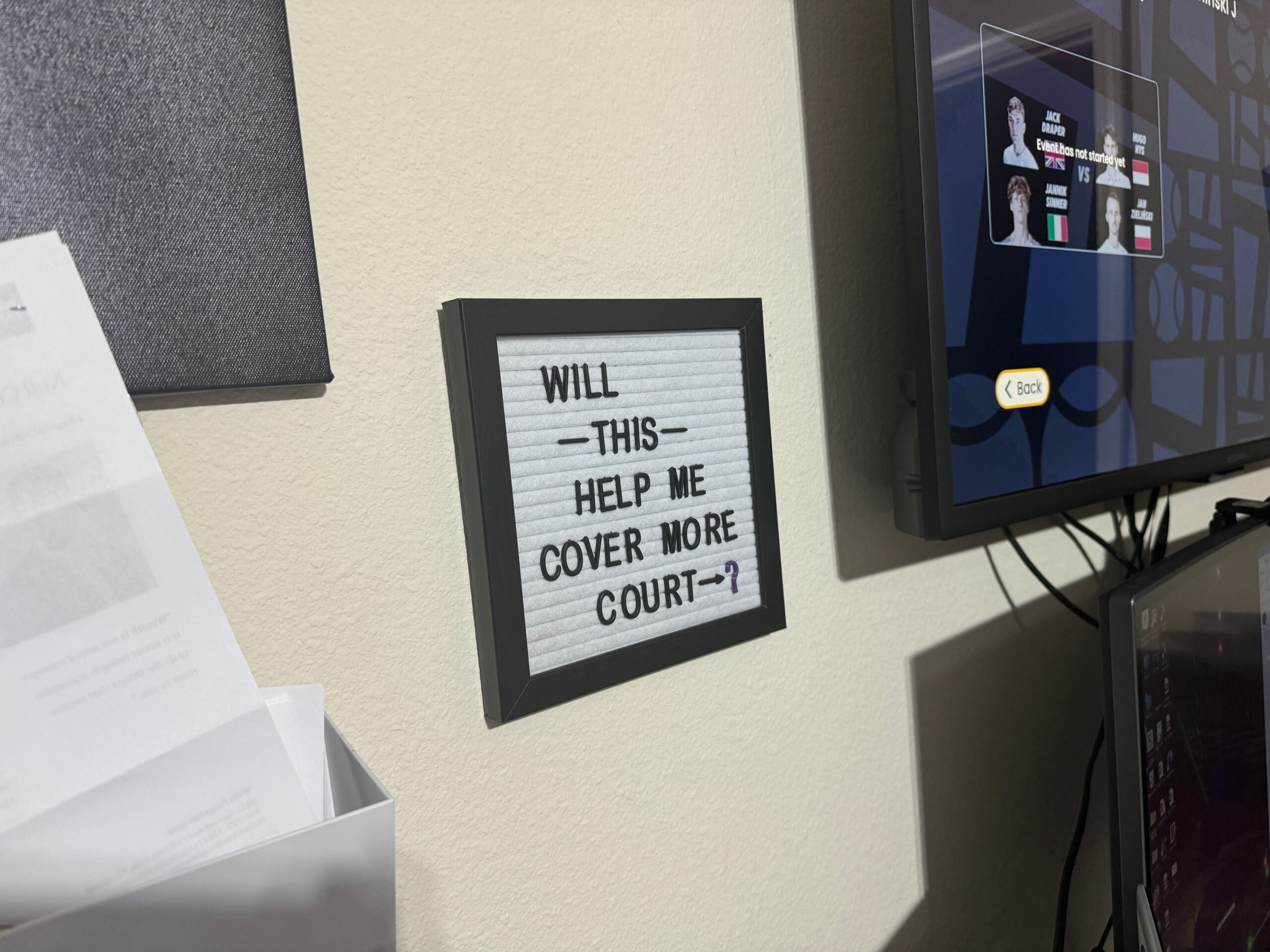As the Cheshire Cat in “Alice’s Adventures in Wonderland” famously remarked, any road will do if you don’t know where you are going. This hints at the importance of intentionality in guiding actions and decisions. Without a clear destination or purpose, life can become arbitrary and directionless.
Design-oriented thinking is a method to reframe quality of life as something that can be intentionally curated. It is a practice and philosophy that was described by Bill Burnett and Dave Evans in their book ‘Designing Your Life: How to Build a Well-Lived, Joyful Life.‘ While their original work is a popular career and life management self-help book, the concepts they introduce are equally valuable when applied to more narrow pursuits such as tennis.
Work-life balance was the prevailing mental model used to navigate boundaries between work and personal life back when I graduated from college in the late 80s. However, the very concept of balance implies that activities strictly fall under one or the other. More recently, that thinking has become less trendy, and the cool kids in life management now talk about work-life integration. ‘Designing Your Life‘ reflects this new philosophy to treat those two realms more fluidly. It allows for greater flexibility and harmony between work and personal commitments.
This weekend’s posts focus on how to build a personal compass to guide decisions. However, a clear understanding of what the compass is pointing to is needed before it can be imagined.
Many people in the tennis ecosystem likely (and correctly) may have tennis firmly in the “work” category. That would include touring professionals, teaching pros, and some positions within the tennis industry. At the opposite end of the spectrum, people who engage with tennis casually will likely have the sport in the “life” column as a fitness or recreational activity.
This might be yet another case of overthinking, but I am unable to cleanly fit tennis under either the work or life category. My day job has absolutely nothing to do with tennis. If forced to choose one or the other, it would certainly be under life for me. However, I have recently realized that my mental model actually contains three columns: Work. Life. Tennis.
The fundamental question for the rest of this weekend is determining how to construct a tennis compass to guide and optimize our tennis lives. As the Cheshire Cat observed, any road will do if you don’t know where you are going. Establishing clear intentions and purpose is the key to avoiding drifting aimlessly in work, life… and tennis.
Throughout 2024, I am publishing a series of essays imaging how to apply the principles in ‘Designing Your Life: How to Build a Well-Lived, Joyful Life‘ (<- sponsored link), which is a non-tennis book that I have come to believe that everyone should read.
A chronological summary of all posts on this topic is available on the Designing Your Tennis Life summary page.



